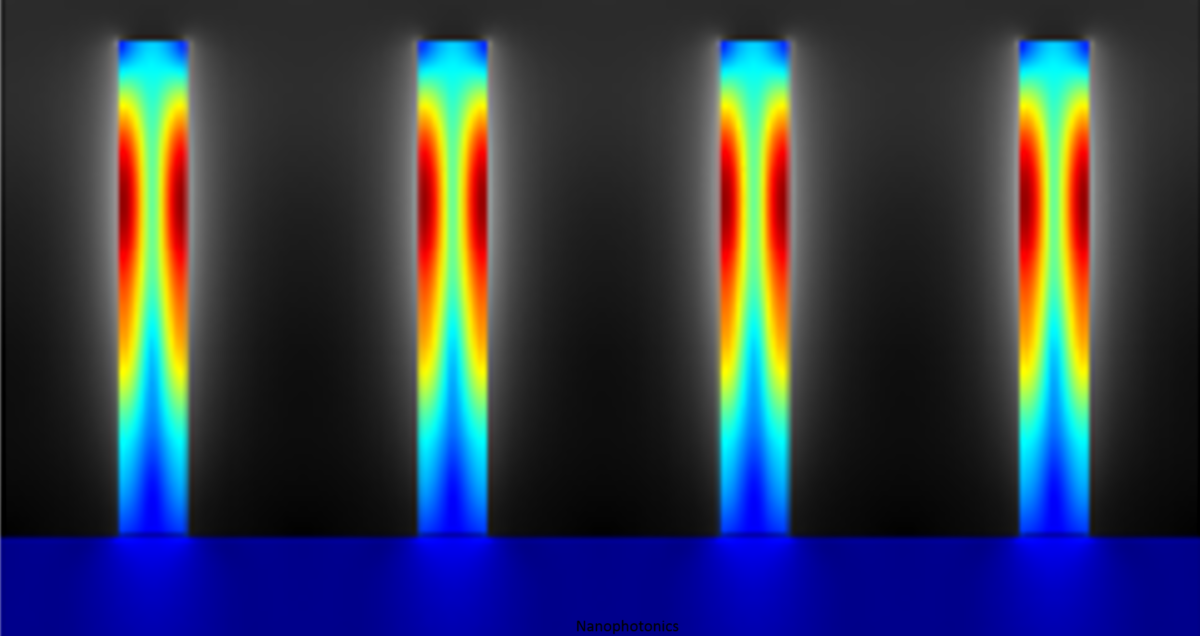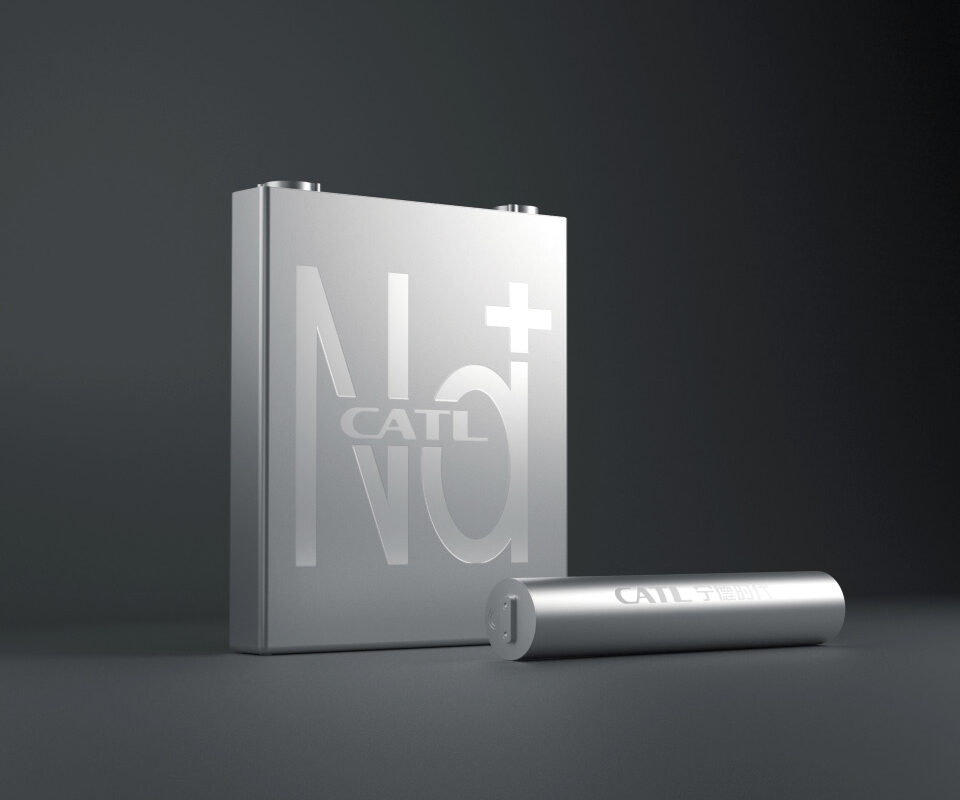Sol Voltaics has developed a process for the production of nanowires, which it says is a signicant leap towards the commercialization of its SolFilm solution, which can be utilized as a semiconductor material by itself, or integrated into production lines to boost the efficiency of both thin-film and crystalline silicon modules.
The enormous efficiency potential of GaAs has long been known, and indeed it is the preferred material for solar panels on satellites and other applications where cost is not the primary concern, but its high cost has thus far prevented any wider adoption within the industry.
According to Sol Voltaics, its Aerotaxy process requires a much smaller amount of gallium arsenide than previous solutions, and in a commercial setting could be integrated into production lines to achieve efficiencies in excess of 26% on a standard crystalline PV module.
“Producing solar nanowires through Aerotaxy is the key to manufacturing our SolFilm,” says Sol Voltaics CEO Erik Smith. “We believe SolFilm will usher in a new age of solar power efficiencies, bringing tremendous value not only to solar manufacturers but also to businesses and consumers who adopt solar.”
The Aerotaxy process produces nanowires on the top and bottom of a wire, with a pn junction along its length. This means that each nanowire is a functional solar cell. SolFilm is a photonic film comprised of billions of these nanowires.
Specific cost information has not been made available, however Sol Voltaics state that the solution could be used by module manufacturers as a “high-efficiency, low cost solution or as a boosting technology”.
Last year, the company raised $17 million in equity investments, including funding from Riyadh Valley – the investment arm of Saudi Arabia’s King Saud University, as well as the Swedish Energy Agency and the EU Horizon 2020 research programme.
This content is protected by copyright and may not be reused. If you want to cooperate with us and would like to reuse some of our content, please contact: editors@pv-magazine.com.




Updating on this story a year and a half later, after interviewing Sol Voltaic’s CEO Erik Smith it sounds like the market disruption they’ve been promising is more or less imminent. I’m eager to see what’s going to come from their thin-film tech: http://chesterenergyandpolicy.com/2018/10/24/solfilm-technology-from-sol-voltaics-an-interview-with-ceo-erik-smith-about-this-disruptive-solar-panel-technology/